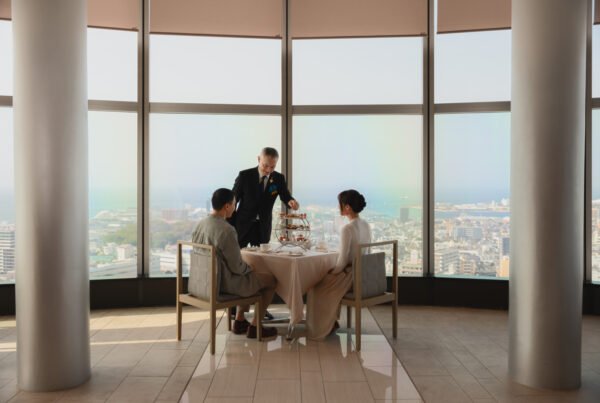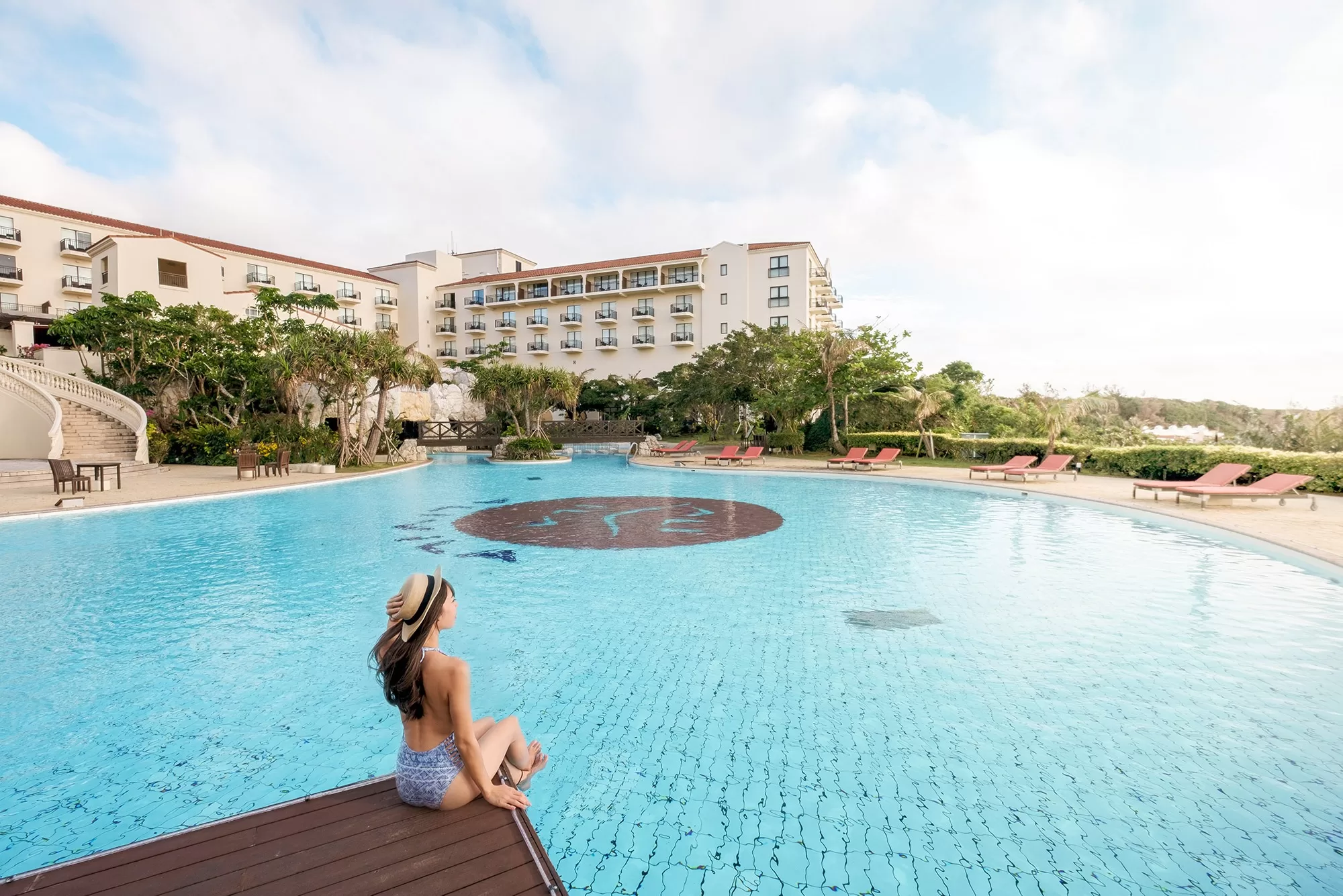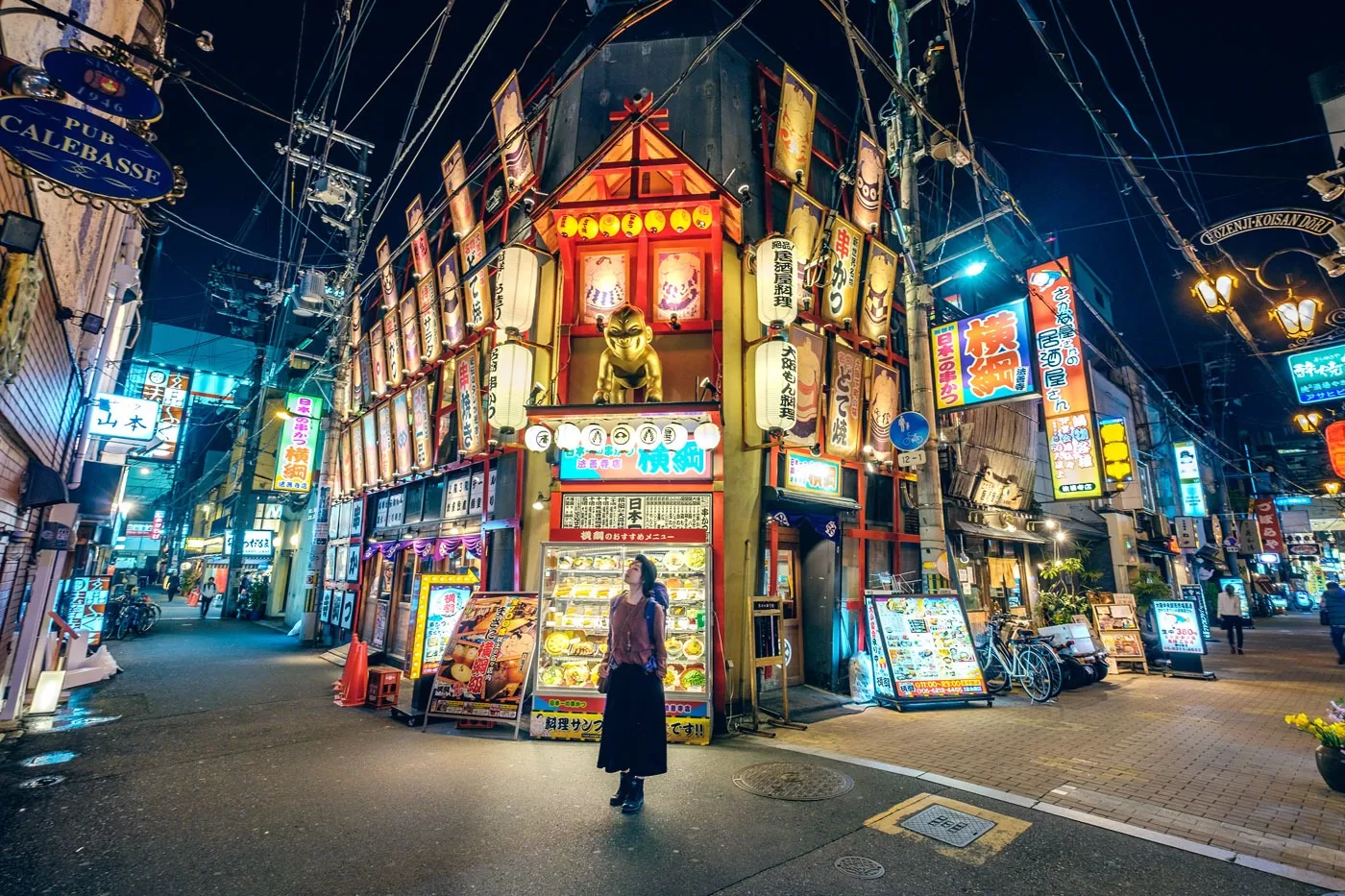
Since completing our one year journey through japan we’ve had a flood of questions about how we managed to afford it all. Japan is often considered to be an expensive country for travellers (especially when compared to other Asian countries), but there are ways to make your money stretch further. In this post, we’ll go through the main costs involved and how we were able to travel to Japan on a budget.
Flights

Before you even set foot on Japanese soil, you’ll need to face the costs of booking your flights. Depending on where you are in the world, your flights could become the most expensive part of your trip.
We flew from London so an average direct flight costs £700+ (at the time of writing). Our first move was to choose an indirect flight which immediately knocked just under 30% off. Our layover was also just a couple of hours so it didn’t eat too much into our trip either.
It’s also worth checking to see which airport in Japan is the cheapest to fly to. Although the cheapest airport may not be the destination you were hoping to visit, you could look into an additional connecting flight or bus journey onwards to your final destination – just add up the costs and see which option is the cheapest. Local flights with Jetstar and Peach airline are very affordable in Japan (even after additional check-in luggage fees). We used this tactic when travelling to Okinawa where we flew into Osaka before boarding a second flight onwards – this helped us save over £300 each.
Accommodation
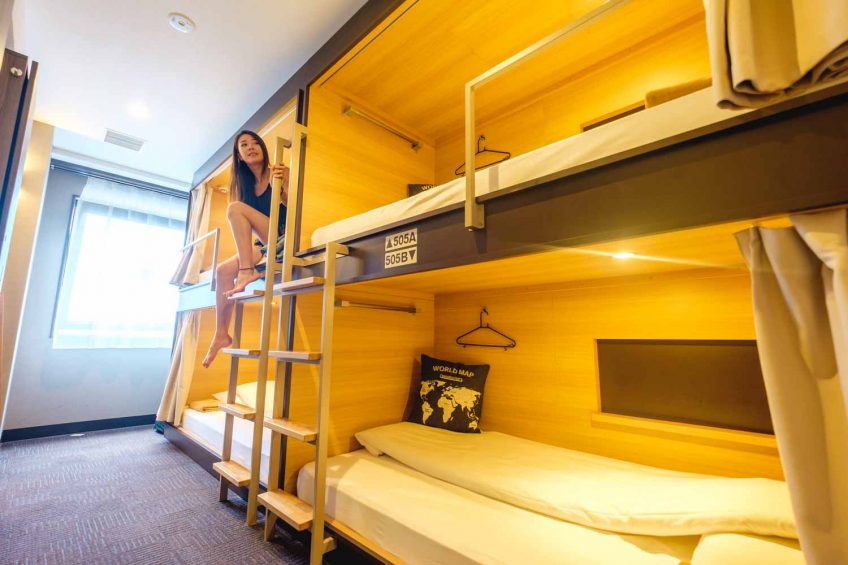
Accommodation costs ended up being the most expensive portion of our Japan budget. A quick scan on booking.com and you might be in for a shock at just how expensive hotels can be here…but all hope is not lost.
First up is hostels. We know it’s not for everyone but if you’re looking to travel to Japan on a budget, then hostels will really help in cutting costs.
Capsule hotels are also a great option. A lot of times, it’s a toss-up between hostels and capsule hotels as to which is the cheapest. Despite how capsule rooms look in images, they’re actually pretty spacious once inside.
If you hate the idea of sharing a room with fellow travellers but still want the savings of a hostel, then look out for hostels with private rooms. These are generally cheaper than hotel rooms plus it’ll also give you a great opportunity to meet other travellers.
If you’re set on staying at a hotel, then we recommend looking at some of the local offerings. Brands such as Okura Hotels and Nikko Hotels offer the 4-5 star hotel experience but typically at better prices.
If you’re staying for an extended amount of time (really anything over 2 weeks), you could try contacting the hotel directly and asking if there are any promotions for extended stays. You might be surprised by how many will offer better rates, especially when booked directly and not through a third-party website.
Lastly, we highly recommend booking your accommodation early. Japan is the only country we’ve visited where accommodations are consistently fully booked – perhaps unsurprising considering its recent influx in popularity. Once hotels have just a few rooms left, they’ll no doubt increase their prices.
Food
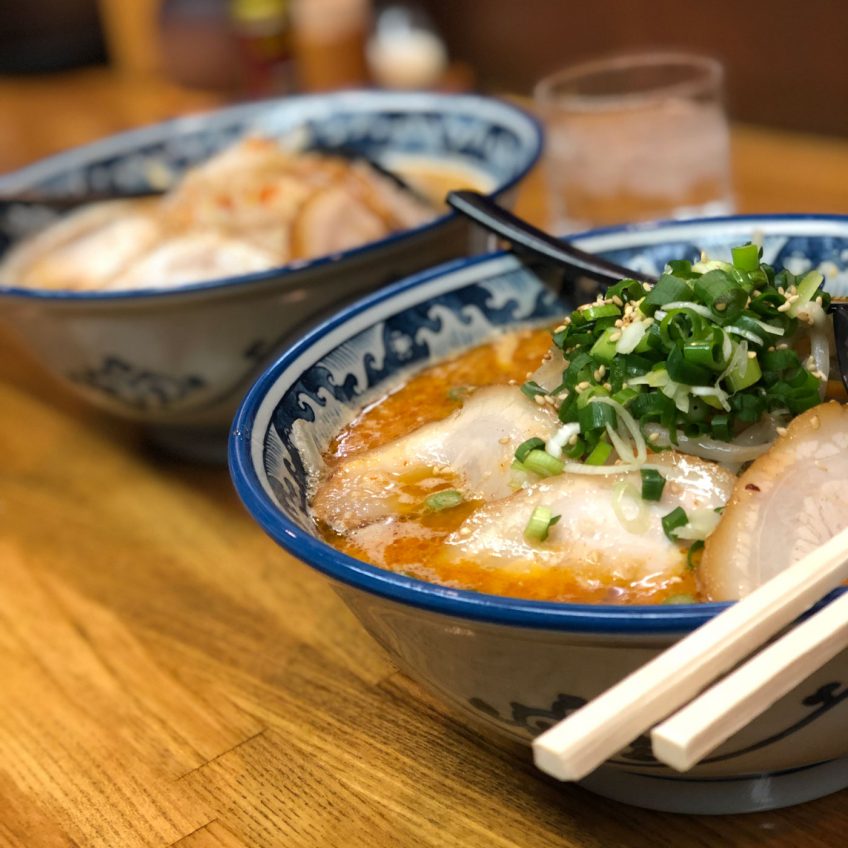
If you want to travel to Japan on a budget but don’t want to eat at Mcdonalds then this section is for you.
Dining in Japan can be as expensive or cheap as you want it to be. A standard bowl of ramen can set you back 1,000 yen but hunt around and it isn’t too difficult to find cheaper. Our favourite ramen joint in Tokyo was just a little over 500 yen plus you get a free extra serving of noodles once you finish your first.
If you want to go even cheaper, you can find local udon and soba noodle stores on most street corners. Many won’t have English menus but the owners are usually very kind and patient and will happily explain what they serve. A standard bowl of udon/soba noodles would cost 300+ yen depending on what toppings you ordered.
Other places we regularly dined out at included Tendon Tenya (tempura rice bowls for under 1,000 yen) and Tonkatsu Matsunoya (fresh tonkatsu under 1,000 yen). Both have chains scattered across Japan.
While exploring, you’ll also want to be on the lookout for bento box shops. These are typically located in more residential areas or around train stations. Bento boxes are the Japanese equivalent to grab and go packed meals but are generally very tasty and surprisingly healthy. Prices are reasonable for what you get to eat, prices hover around 1,000 yen.
We’d also encourage you to try the food served in combinis. Unlike other countries, Japanese convenience stores are well known for their delicious food. Our favourite chain when it comes to food is 7-eleven. They offer a wide selection of packaged meals plus their egg sandwiches, korokke (croquettes) and onigiris (rice balls) are so good. Honestly, don’t knock it until you’ve tried it!
All the above are great ways to save when dining out but the best savings are made when you cook yourself. Obviously, you’ll need to be staying at an accommodation which has a kitchen, but if you are we highly recommend gathering up fellow travellers and having an okonomiyaki (Japanese savoury pancake) night. It’s super simple to make and very cheap, best of all it’s delicious!
Travelling on a budget often means you’ll have to skip items such as snacks. But if you really can’t resist, go to Don Quijote or, even better, go to Daiso where prices are just 100 yen per item.
Last on the food savings is to never buy bottled water unless you really must. Bring a refillable bottle and just fill it up at your accommodation. If you’re out, find a nearby sports centre (almost always has a water fountain) or politely ask at restaurants you dine at – most are more than happy to fill up your bottle. This won’t just save you money, it’ll also be environmentally friendly 🙂
Transport
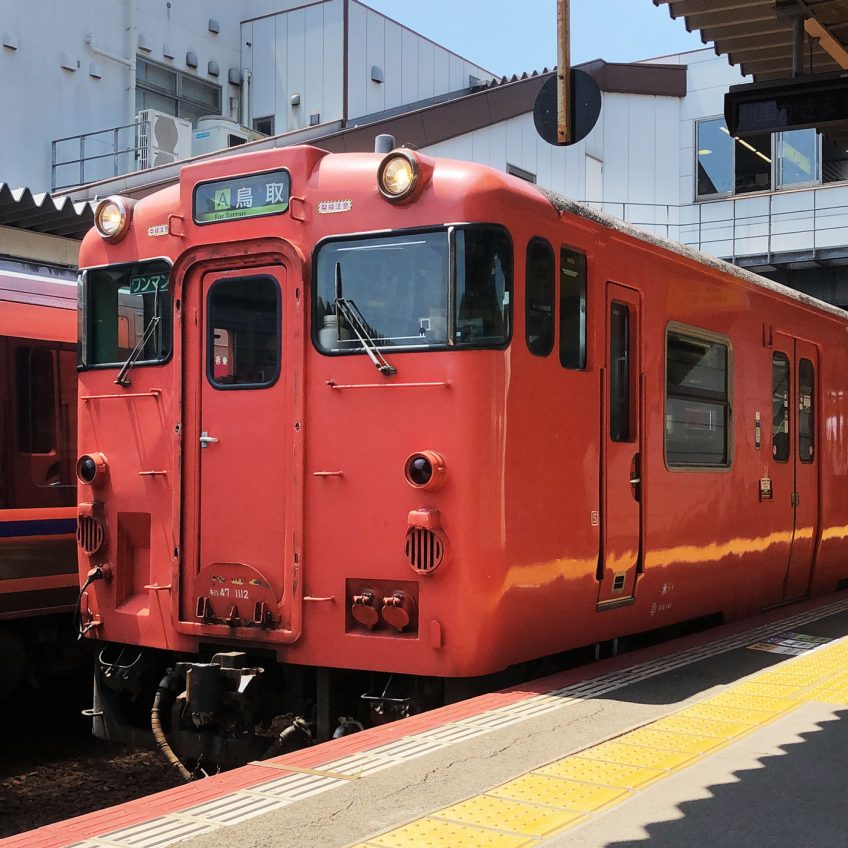
First, never take taxis. Prices for taxis are very expensive, especially in cities such as Tokyo.
Second, don’t take the shinkansen unless you’re really tight on time. Taking local trains is far cheaper though you might need to transfer trains and the journey can take double the time or more.
We always looked for night buses when travelling long distances as they were again much cheaper (plus it saves a night of accommodation). Willer was our go-to company for night buses, but if they didn’t serve a route then Kosokubus were also great.
Depending on the number of people in your travel group, you might find it cheaper to rent your own vehicle and drive around. To learn more about driving and renting a vehicle in Japan read the first few sections of our Hokkaido Summer Road Trip
Activities
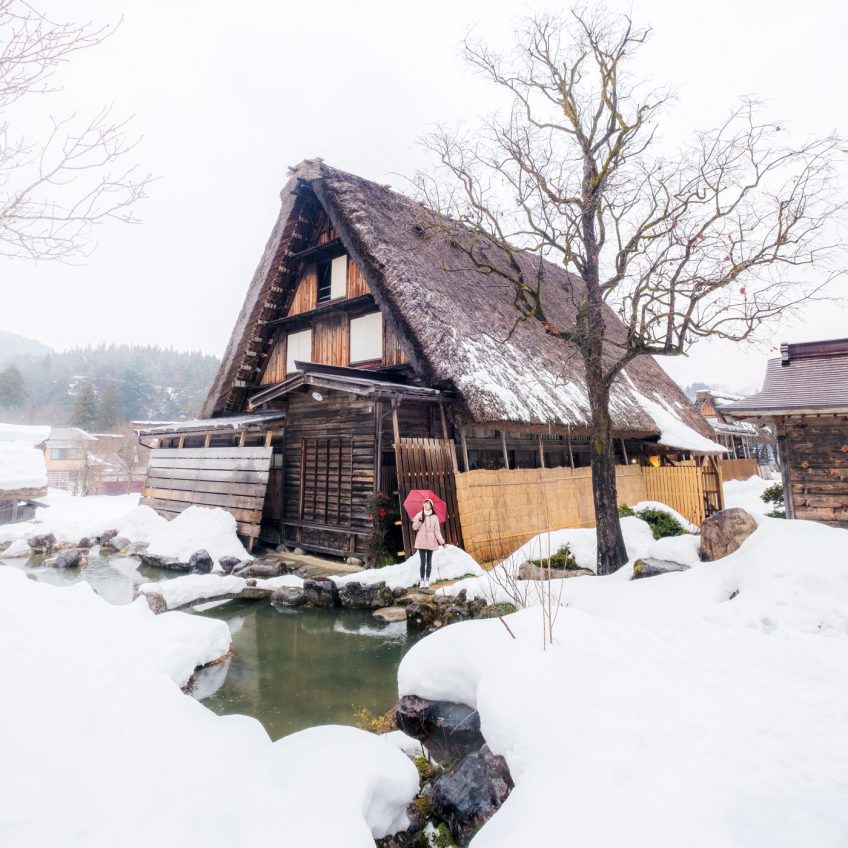
Ok full disclosure before we go any further. Our trips are almost completely geared towards taking photographs – which is pretty much a free activity. The main costs we encounter are entrance fees to parks, temples, viewing platforms, etc. One way we cut costs on those is by scouring Klook to see if they’re running any promotions there.
Klook also offers tour packages which bundle together activities resulting in lower costs. This could be a good option if you’re really looking to save yet want to do all these activities. For example, we joined a day tour to Shirakawa-go because the price of entrance tickets and travel costs would have been more than the tour itself, plus it would have been a pain trying to catch the connecting buses. Do note that you won’t have much control over time though, so we generally avoid them if possible.
And that’s it! Those are our tips on how you can travel to Japan on a budget. If you guys find any value in this post or know someone who’ll find it useful, please pass it on and share it with your friends.

 Hello, we’re Eric and Sarah – a couple of travel photographers and creatives from the UK.
Hello, we’re Eric and Sarah – a couple of travel photographers and creatives from the UK.
